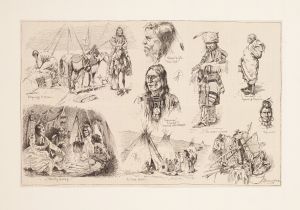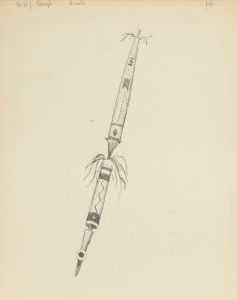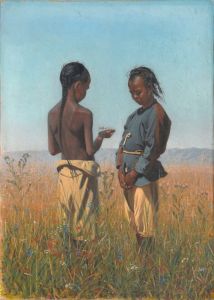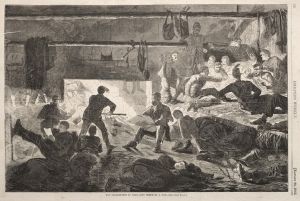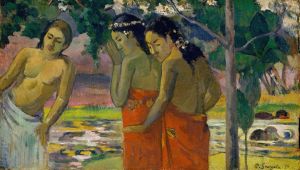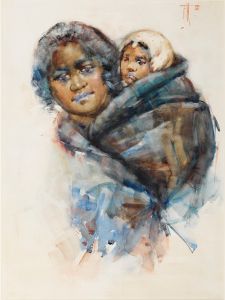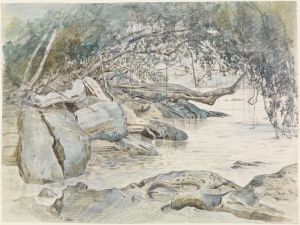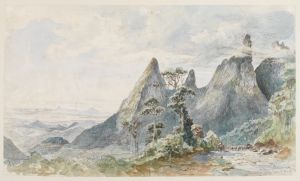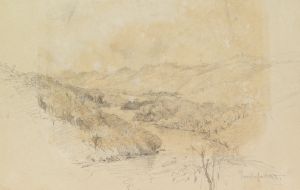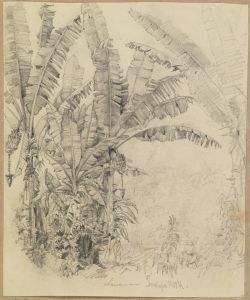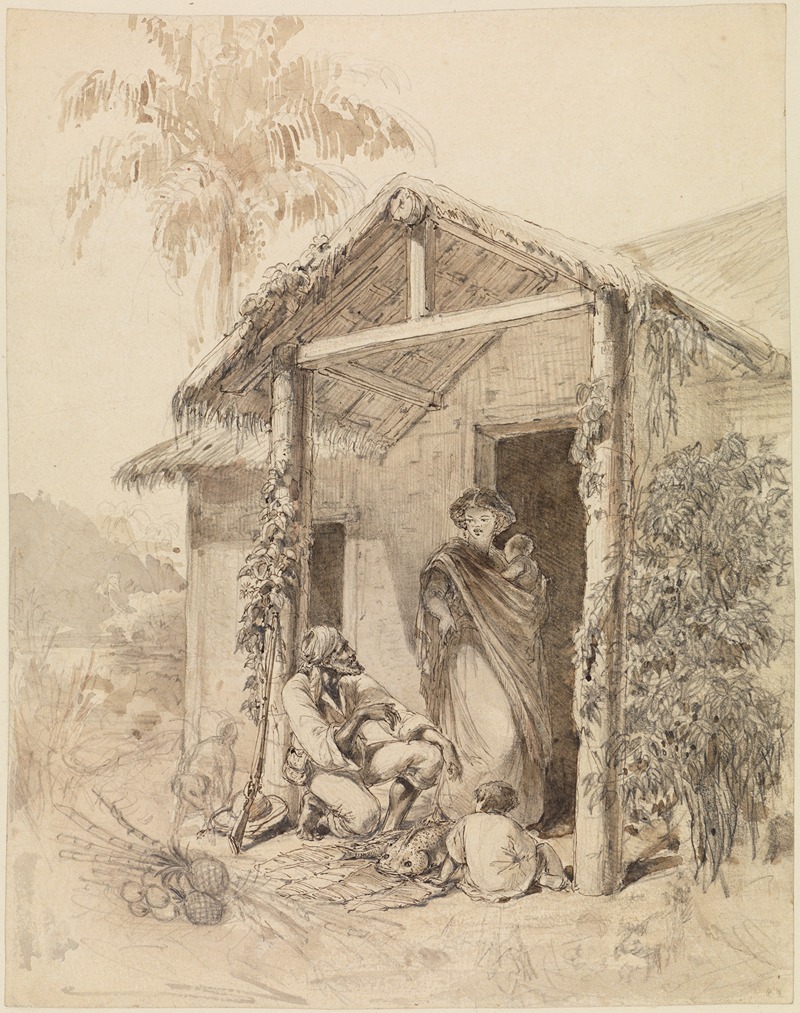
Eingeborenenhütte in Brasilien
A hand-painted replica of Ferdinand Keller’s masterpiece Eingeborenenhütte in Brasilien, meticulously crafted by professional artists to capture the true essence of the original. Each piece is created with museum-quality canvas and rare mineral pigments, carefully painted by experienced artists with delicate brushstrokes and rich, layered colors to perfectly recreate the texture of the original artwork. Unlike machine-printed reproductions, this hand-painted version brings the painting to life, infused with the artist’s emotions and skill in every stroke. Whether for personal collection or home decoration, it instantly elevates the artistic atmosphere of any space.
Ferdinand Keller was a German painter born on August 5, 1842, in Karlsruhe, Germany, and he passed away on July 8, 1922, in Baden-Baden, Germany. Keller is known for his historical and genre paintings, and he played a significant role in the art scene of the 19th century. One of his notable works is "Eingeborenenhütte in Brasilien," which translates to "Native Hut in Brazil."
"Eingeborenenhütte in Brasilien" is a painting that depicts a scene from Brazil, focusing on the indigenous people and their way of life. The artwork captures a moment in a native village, showcasing a hut made from natural materials such as wood and thatch. The painting is characterized by its detailed and realistic portrayal of the environment and the people, reflecting Keller's skill in capturing the essence of the scene.
The painting is significant as it provides a glimpse into the lives of the indigenous people of Brazil during the 19th century. It is an example of how European artists of the time were fascinated by exotic locations and cultures, often traveling to distant lands to find inspiration for their work. Keller's depiction is respectful and detailed, offering viewers an opportunity to appreciate the beauty and simplicity of the native lifestyle.
Ferdinand Keller was influenced by his travels and the various cultures he encountered. His works often reflect a deep appreciation for the diversity of human life and the natural world. "Eingeborenenhütte in Brasilien" is no exception, as it demonstrates his ability to convey the atmosphere and the daily activities of the people he painted.
Keller's education and career were rooted in the academic traditions of the 19th century. He studied at the Academy of Fine Arts in Karlsruhe and later became a professor there, influencing a new generation of artists. His works were exhibited in various European cities, and he received several accolades for his contributions to the art world.
The painting "Eingeborenenhütte in Brasilien" is part of Keller's broader oeuvre, which includes historical scenes, portraits, and landscapes. His attention to detail and his ability to capture the human spirit in his paintings have earned him a lasting place in art history.
While specific details about the exact date of creation and the current location of "Eingeborenenhütte in Brasilien" are not readily available, the painting remains an important example of Keller's work and his interest in depicting scenes from different cultures. It serves as a valuable historical document, providing insights into the lives of indigenous people in Brazil during the 19th century and reflecting the broader trends in European art of the time.
In summary, "Eingeborenenhütte in Brasilien" by Ferdinand Keller is a significant work that showcases the artist's talent for capturing the essence of different cultures. It reflects the 19th-century European fascination with exotic locales and provides a respectful and detailed portrayal of the indigenous people of Brazil. Keller's contributions to art continue to be recognized and appreciated for their historical and cultural value.





